Results
-
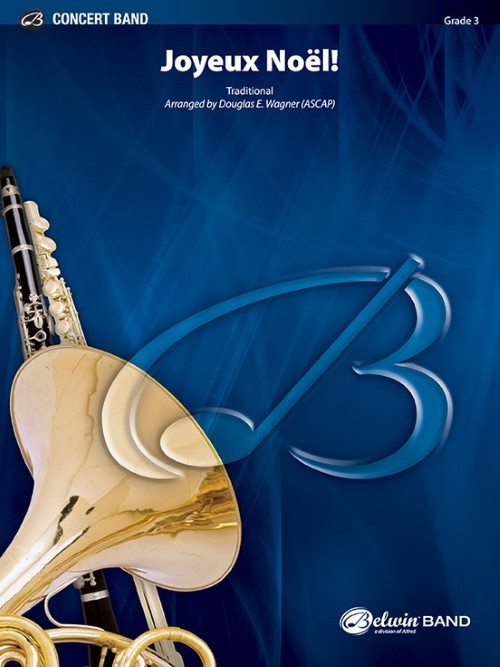 £64.50
£64.50Joyeux Noel! (Concert Band - Score and Parts) - Wagner, Douglas E.
French carols are seamlessly intertwined in this charming Christmas medley. Includes: Un flambeau, Jeanette Isabell!; Il est ne, le divin enfant, Quelle est cette odeur agreable?; Ding! Dong! Merrily on High. The English translations are provided; however, this magnificent medley can certainly bring an international flair to your Christmas concert!Duration: 3:30
Estimated dispatch 7-14 working days
-
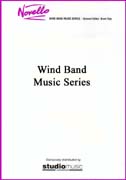 £16.95
£16.95COUNTRY SONG (Novello Symphonic Band) Extra Score - Holst, Gustav - Smith, G. E.
Extra Score only. Country Song is one of Two Songs Without Words Op.22, the other being Marching Song (available separately). (Grade 4) Duration: 4:00
Estimated dispatch 7-14 working days
-
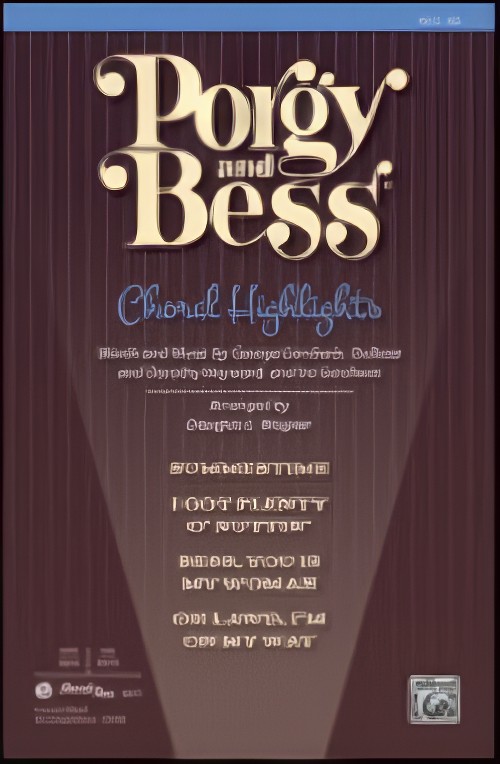 £2.25
£2.25PORGY AND BESS, Highlights from (SAB Choir) - Gershwin, George - Wagner, Douglas E.
This classic Gershwin musical score has been given a fine, dramatic choral treatment in this stunning medley, celebrating the show's return to Broadway late in 2011. Optional Concert Band accompaniment is available. Approximately 5:00. Includes: Summertime; I Got Plenty O' Nuttin'; Bess, You Is My Woman; Oh Lawd, I'm on My Way.
Estimated dispatch 7-14 working days
-
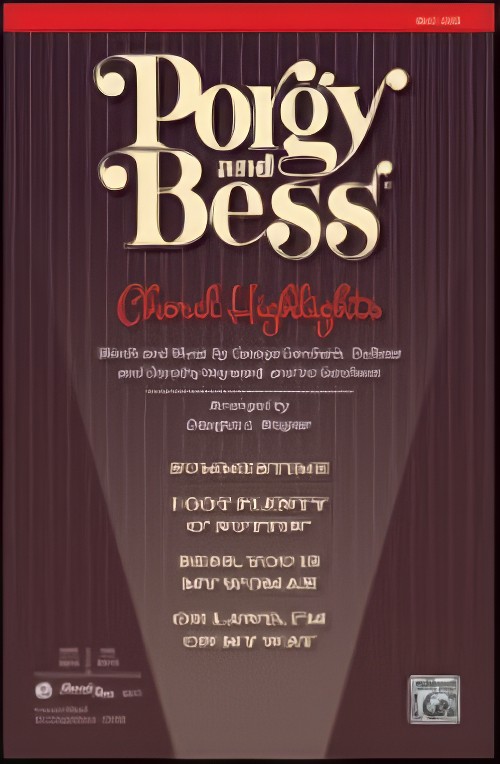 £2.25
£2.25PORGY AND BESS, Highlights from (SATB Choir) - Gershwin, George - Wagner, Douglas E.
This classic Gershwin musical score has been given a fine, dramatic choral treatment in this stunning medley, celebrating the show's return to Broadway late in 2011. Optional Concert Band accompaniment is available. Approximately 5:00. Includes: Summertime; I Got Plenty O' Nuttin'; Bess, You Is My Woman; Oh Lawd, I'm on My Way.
Estimated dispatch 7-14 working days
-
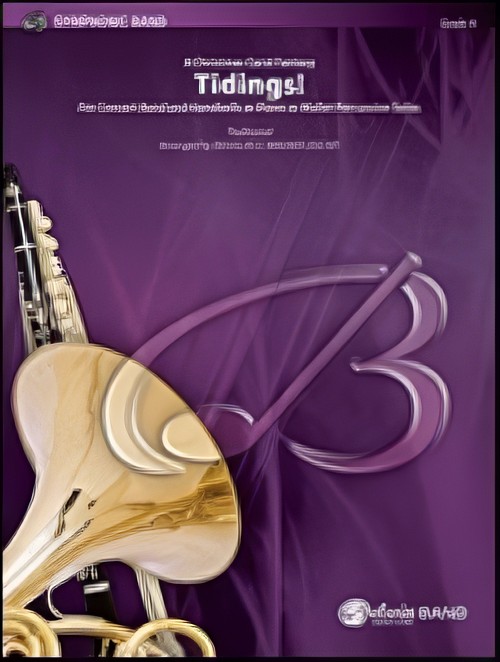 £65.50
£65.50TIDINGS! (Advanced Concert Band) - Wagner, Douglas E.
Looking for a tour de force for all your choirs this Christmas? Look no further -- TIDINGS! is an exciting medley of favourite carols ('O Come, All Ye Faithful,' 'He Is Born,' 'Silent Night' and 'Joy to the World') hat can be performed with choir, organ, handbells... even a band, if one is available!Duration: 3:37
Estimated dispatch 7-14 working days
-
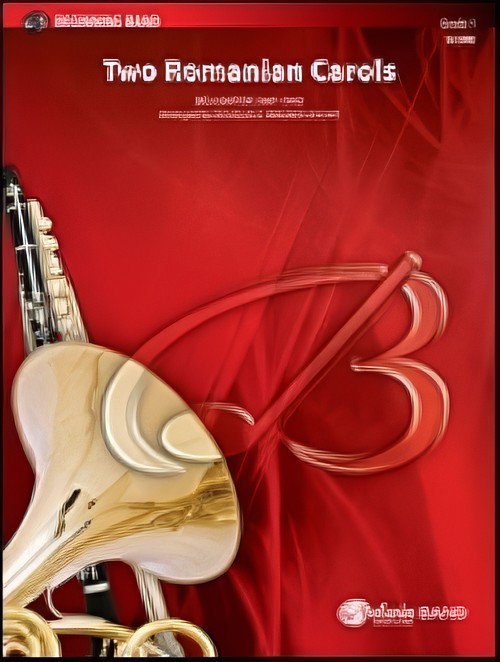 £49.95
£49.95TWO ROMANIAN CAROLS (Beginning Band) - Bartok, Bela - Wagner, Douglas E.
Hungarian-born composer B?la Bartok assembled two sets of Romanian Christmas Carols for piano solo in 1915. Two of these contrasting settings fit the musical and technical parameters for less experienced concert band players perfectly, and are presented in this arrangement with slight alteration. A fresh new holiday arrangement with a multicultural flavoUr!
Estimated dispatch 7-14 working days
-
£54.99
Little Ione - G. E. Holmes
Note: This is a reprint from a vintage publication of 1906. No conductor score is published for this work. The Solo Cornet part serves as a conductor guide.Parts for Eb Horns are included; no F Horn parts are published for this work. If a C Piccolo/C Flute part was not published originally, one has been subsequently added by our editorial staff.
Estimated dispatch 7-14 working days
-
£54.99
Our Merchant Marine - G. E. Holmes
Note: This is a reprint from a vintage publication of 1906. No conductor score is published for this work. The Solo Cornet part serves as a conductor guide.Parts for Eb Horns are included; no F Horn parts are published for this work. If a C Piccolo/C Flute part was not published originally, one has been subsequently added by our editorial staff.
Estimated dispatch 7-14 working days
-
£54.99
La Belle Marie - G. E. Holmes
Note: This is a reprint from a vintage publication of 1908.No conductor score is published for this work. The Solo Cornet part serves as a conductor guide.Parts for Eb Horns are included; no F Horn parts are published for this work.If a C Piccolo/C Flute part was not published originally, one has been subsequently added by our editorial staff.
Estimated dispatch 7-14 working days
-
£54.99
Slickeryet - E. Mutchler
Note: This is a reprint from a vintage publication of 1909.No conductor score is published for this work. The Solo Cornet part serves as a conductor guide.Parts for Eb Horns are included; no F Horn parts are published for this work.If a C Piccolo/C Flute part was not published originally, one has been subsequently added by our editorial staff.
Estimated dispatch 7-14 working days
